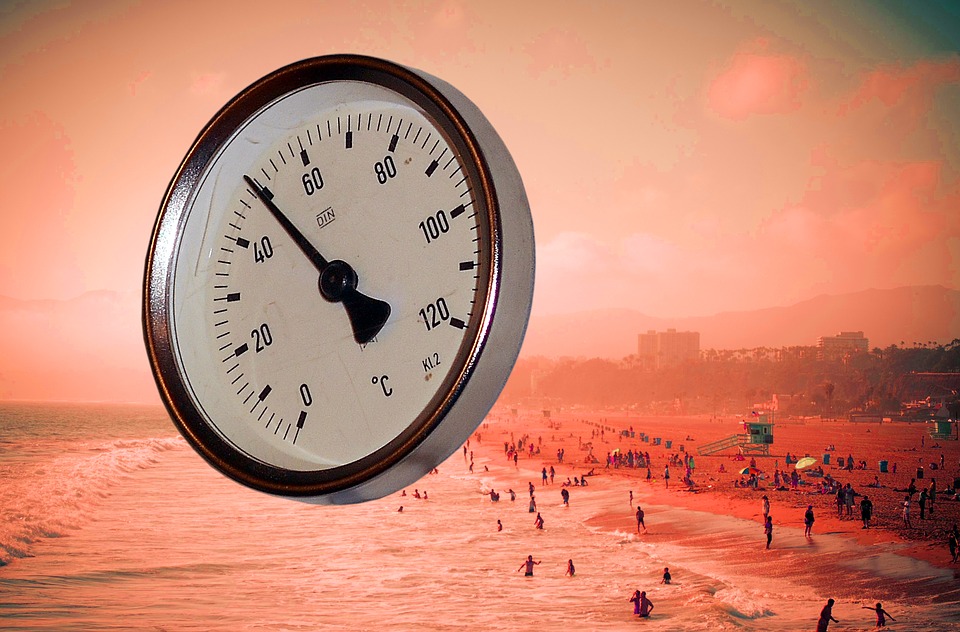An understanding of climate change during the past millennia is crucial for the scientific attribution of the current warming and the accurate prediction of future climate change. The proxy-based reconstructions and model simulations that offer insights into past temperature changes, however, are subject to large uncertainties.
Large-scale climate reconstructions are always related to the uncertainties arising from the disturbance of non-climate signals in individual proxy records, and the differences in seasonality or temporal resolution for different proxy records. Model simulations are always related to the uncertainties of forcing reconstruction itself and the lack of some important feedback mechanisms in climate models.

Nearly 20 proxy-based reconstruction and 10 model simulation datasets have been published over the past three decades; however, due to the large uncertainty in them, significant differences between different reconstructions and between reconstructions and simulations frequently happen. These uncertainties make it difficult to have a clear picture of past climate changes, but, unfortunately, a detailed evaluation of such uncertainties in reconstructions and model simulations is still rare.
A recently published paper in Science China Earth Sciences, Evaluation of multidecadal and longer-term temperature changes since 850 CE based on Northern Hemisphere proxy-based reconstructions and model simulations, was jointly written by Dr. Wang Jianglin, Prof. Yang Bao, Dr. Fang Miao, Dr. Liu Jingjing of the Northwest Institute of Eco-Environment and Resources, Chinese Academy of Sciences (CAS), Prof. Zheng Jingyun, Dr. Zhang Xuezhen of the Institute of Geographic Sciences and Natural Resources Research, CAS, Dr. Wang Zhiyuan of Zhejiang Normal University, and Dr. Shi Feng from the Institute of Geology and Geophysics, CAS.
The older the records, the less reliable the data is for temperature changes
The researchers evaluated the uncertainties in the published 18 reconstructions and 6 model simulations by assessing the covariance, climate sensitivity, and amplitude of temperature changes in them.

The results show that uncertainty generally increases back in time as the covariances between different reconstructions or between reconstructions and simulations steadily decline back in time and become particularly large during Medieval times. The results also show that climate modeling results show a shorter recovery (i.e., lag) in response to the cooling caused by volcanic eruptions and solar activity minima, and a smaller amplitude of multi-centennial temperature changes compared with those in proxy-based reconstructions.
Finally, the article gives prospects and suggestions for future works to reduce uncertainty in large-scale climate reconstructions. Firstly, it is suggested that more efforts be taken in developing long, high-quality and temperature-sensitive proxy records for the areas with sparse proxy archives (e.g., East China, Africa, Antarctic, South America, and some oceanic areas).
Secondly, the reliability of reconstruction outside the instrumental period is encouraged to be strictly assessed by comparing it with the low-resolution proxy records that were excluded from the current proxy network and by applying the “pseudo-proxy experiment” method.
Provided by: Science China: Earth Sciences [Note: Materials may be edited for content and length.]







